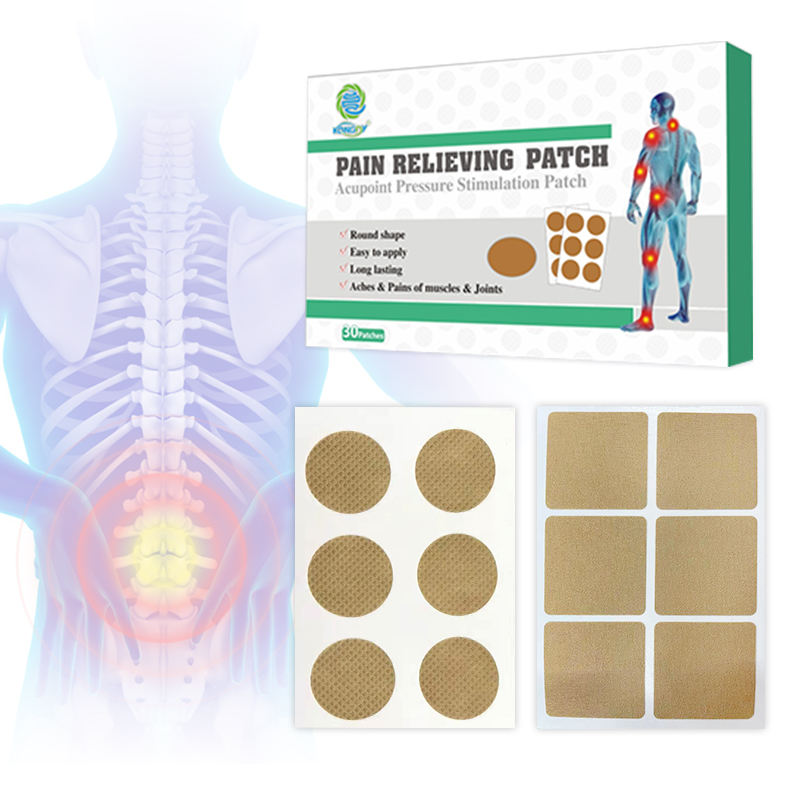Author:Kangdi 31-03-2025
Navigating the growing market of pain relief patches can be overwhelming for consumers seeking effective solutions. Understanding the different types and their appropriate applications can help individuals make informed decisions when managing pain conditions.
Over-the-counter patches typically fall into two main categories: medicated and non-medicated. Medicated versions contain active pharmaceutical ingredients that absorb through the skin, such as NSAIDs or local anesthetics. Non-medicated alternatives often work through physical mechanisms like heat therapy, cooling sensations, or counter-irritation to distract the nervous system from pain signals.
When selecting a patch, consider the nature of your pain. Muscle strains and joint inflammation often respond well to anti-inflammatory patches, while nerve-related pain might benefit from lidocaine-based products. For tension and stiffness, heat-producing patches that increase blood flow to affected areas can provide significant relief.
Application location matters significantly. Some patches are specifically designed for certain body parts—back patches may be larger and more flexible, while joint-specific versions have shapes that conform to knees or elbows. The skin condition at the application site is also important; avoid using patches on broken, irritated skin or areas with significant hair, which can reduce adhesion and effectiveness.
Duration of relief varies between products. Some offer quick but short-term relief, ideal for acute pain episodes, while others work more gradually but provide sustained relief for up to three days. This factor should align with your pain management needs and lifestyle demands.
Potential side effects warrant consideration, particularly for individuals with sensitive skin. Adhesive allergies, skin irritation, and redness are possible, especially with extended use. Start with shorter application periods to test skin tolerance before committing to longer durations.
Cost-effectiveness also differs substantially between brands and types. Premium options might offer better adhesion or more sophisticated delivery systems, but affordable alternatives can provide adequate relief for many conditions.
Consult healthcare providers before using pain relief patches if you have underlying health conditions, take other medications, or experience persistent pain that doesn't respond to self-care measures.
 0086 19937104978
0086 19937104978





